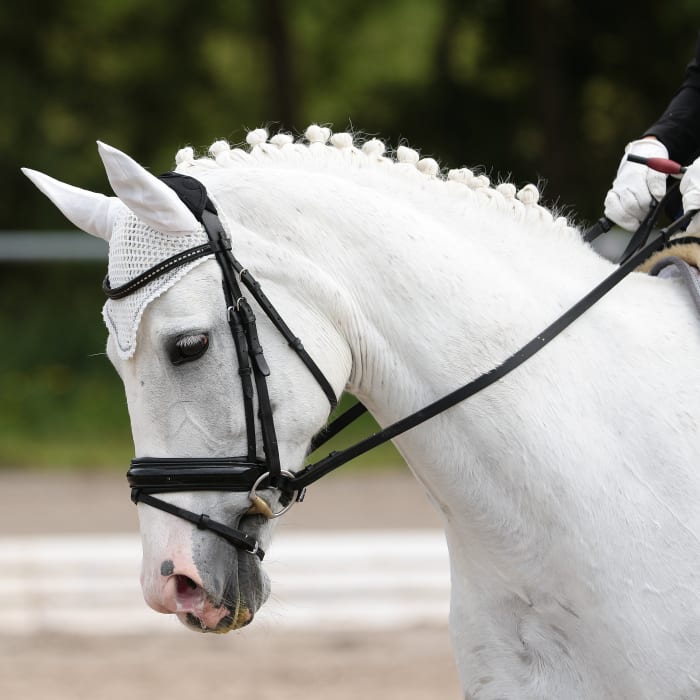Stem Cell Therapy
Stem cell therapy helps restore function to areas of the body that have sustained damage or have been affected by degenerative conditions.
Injection of stem cells into injured tissues can improve the healing process and reduce the development of scar tissue.
This reduces the chances of re-injury. Injection of stem cells into joints reduces pain and increases limb function in horses with osteoarthritis.
What is a Stem Cell?
Simply put, a stem cell is an undifferentiated cell present in the bone marrow that is ready to migrate to sites of injury. These pluripotent cells can be harvested from the horse’s sternum and transferred to a commercial laboratory, where they are grown into a colony which can be cryopreserved for future use. Because they are autologous, or from the injured individual, these cells can be used for a variety of injuries in the donor individual with very little risk of reaction.
One bone marrow aspiration usually produces a colony of cells large enough to provide three to four treatment doses. The remaining cells can be stored in perpetuity. Additionally, this colony can be "re-expanded" one time, allowing the growth of a secondary colony in the event your horse develops another injury in the future.
Treatment is generally done with ultrasound-guided injection into the site of injury, but can also include intra-articular or intravenous routes.


Why We Use Stem Cells
It was originally believed that these undifferentiated cells could mature into the tissue necessary for healing, whether that be bone, tendon, or ligament. We now realize that the more likely scenario is that these cells aggregate at the site of injury and stimulate the body’s innate healing through their release of growth factors and inflammatory mediators.
VetweRx Equine has been using stem cells for more than a decade and still consider this the gold standard for healing of tendon and ligament injuries. We have witnessed positive outcomes from injuries to tendons, ligaments, and bones along with regeneration of damaged laminae following laminitis.





